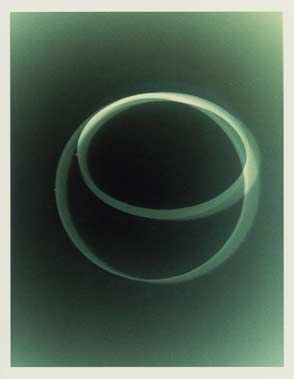We all look so perfect, as we all fall down

The Great Barrier Reef is the largest living structure on Earth. It might also represent the most prolific cradle for new types of animals on the planet, according to new research. (…) In fact, of the 6,615 seabed invertebrates surveyed in the so-called Paleobiology Database, 1,426 evolved in a reef ecosystem. And the result is not just an artifact of reef and shallow-water fossils being relatively more studied. (…)
According to some mathematical estimates, 99.9 percent of all species that have ever existed are now extinct. As it stands, estimates of the number of species on Earth at present range from five million to as many as 100 million, with science having identified only two million members of the biodiversity extant today. That means literally billions of species have come and gone in the 4.5 billion years Earth has existed.
New research will be needed to determine exactly why reefs are such efficient cradles for new life-forms. But the threats faced by coral today—from rising ocean acidity to agricultural runoff and rampant disease—do not bode well for marine biodiversity in the near future.
photo { Josh Brand }


